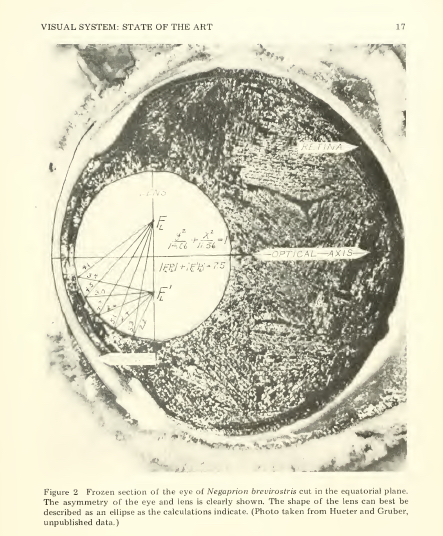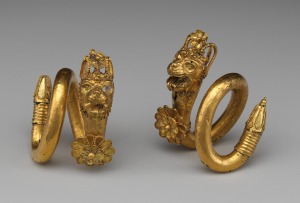Published pieces are on this page. New book! Photo, Phyto, Proto, Nitro. Walk this way for details of live appearances. Spin the dial and align your sprockets for radio and film.

“For the philosophically minded,” says The Surfer’s Journal.
On the shelves: Sharks, Death, Surfers: An Illustrated Companion is published by Sternberg Press. Available through all good book purveyors and in the art-book sections at Tate Modern, Camden Arts Centre, Modern Art Edinburgh, etc. In the US, the MIT Press are the distributors, and in France, Les presses du réel. Beautifully designed by A Practice for Everyday Life, who liken it to “a pocket guide or journal that might be taken on voyages round the world”.

For a bit of historical background on my interest in these topics: an interview, at the Austrian Cultural Institute, from 2001, which is also included in The Mattering of Matter: Documents from the Archive of the International Necronautical Society (Berlin: Sternberg, 2012). And a deposition from 2000, explaining how I became Chief Obituary Reviewer. In 2007, there’s this piece in the LRB (not by me) that purports to be a review of Steven Hall’s The Raw Shark Texts.

March 2020, I wrote a piece called Sharks; Circling for full-of-curiosity Full Stop Magazine (“We believe books exist in a supercollider,” they say). It’s about the painter Giotto, fighter planes, and the potential for trouble in the circular, liquid surface of a pint of beer. Extract:
In addition to the bibliography, there are many other pleasing details in Gruber’s biography. Alongside a lifelong dedication to sharks, he had an enthusiasm for other fast vehicles, such as fancy sports cars and World War Two planes. These are not similar, you might protest: cars aren’t sharks. Well. They do, on investigation, share a space, and a quality. They lurk, just near the boundary, not clearly visible, and often containing bodies. And however much we fondly imagine that the shark will remain on its side of the water, and we humans in our vehicles will stay over here, beyond a boundary, there are many times when this separation does not hold. There’s a crossing, by means of the long, sleek vehicle, of the two zones. An engagement or entanglement with the surface.

December 2020, here’s a long-gestating interview over on Glasgow’s Map Magazine, about writing slowly.
I found that even the most hardcore biology papers have a morality, a poetry to them. I was reading one about the social mobility habits of great white sharks, which explained that all other shark populations have a main, breeding population, and then some outcasts who don’t do what is considered normal—they are ‘lost, and usually permanently lost.’ But for great whites, the scientist found that they are a society entirely composed of outcasts. And I was just reading it and weeping, thinking aren’t we all, aren’t we all outcasts. But also laughing, because it’s like Groucho Marx not wanting to join any club that would have him as a member.

May 2021, in the Conjectures series of the Public Domain Review, I have this piece, An Archaeology of Surf, about a west-coast surf legend who finds himself in Wells Cathedral pondering stone, impending death, and the ambassadorial wooing missions sent out by Henry VI in the fifteenth century.

In Sept 2021 the Art Writing crew at the Glasgow School of Art bring out The Yellow Paper, which contains my piece on Queequeg, skin, and writing, Epidermal Epistemology aboard the Pequod – it’s about Moby-Dick.
Also summer 2021, The Cartography of Coffins, in Cartographies of the Imagination. It’s about Moby-Dick.


In the top-notch magazine Exacting Clam, Number 7, Winter 2022: here’s my report on Liquid Systems. About what to do in the event of a shark attack, about French philosophers, cars.

Exacting Clam, Number 8, Spring 2023: next report, This is the Silence, This is the Noise. On Moby-Dick; Dick Dale, surf guitar legend; sharks’ ears and radio. Shark attacks. The usual.
Exacting Clam, Number 9, Summer 2023, Wobbly Photography, about Rebecca West in Yugoslavia and Andrew Marvell in the gardens of Appleton House.
July 2023, I have a letter, N, in the Wastiary, a bestiary of waste, ed. Michael Picard et al., UCL Press. N is for Nalu, the Hawaiian for wave. On Miki Dora, Samuel Beckett, and sharks.

Exacting Clam, Number 10, Autumn 2023, What We Agree to Understand, about Judith Kerr, Robert Frost, the FBI, you know the sort of thing.
Exacting Clam, Number 11, Winter 2023, Hola, Zinedine, in which I consider a press conference held in Madrid in 2019, and think about language, translation, and a sense of home. (¡This one’s muy bueno!)
Exacting Clam, Number 12, Spring 2024, You’re Dropping Out, There, Houston. Ellipses – gaps, shapes, spaces – in Tintin, Moby-Dick, and the transcript of the Gemini-4 space mission of 1965.
Glasgow’s Gutter Magazine, Feb 2024, prints My Descendants, in which I look at parachuting, Georges Perec, and pregnancy. This one’s not available online, but here’s a sense of what I’m saying:

